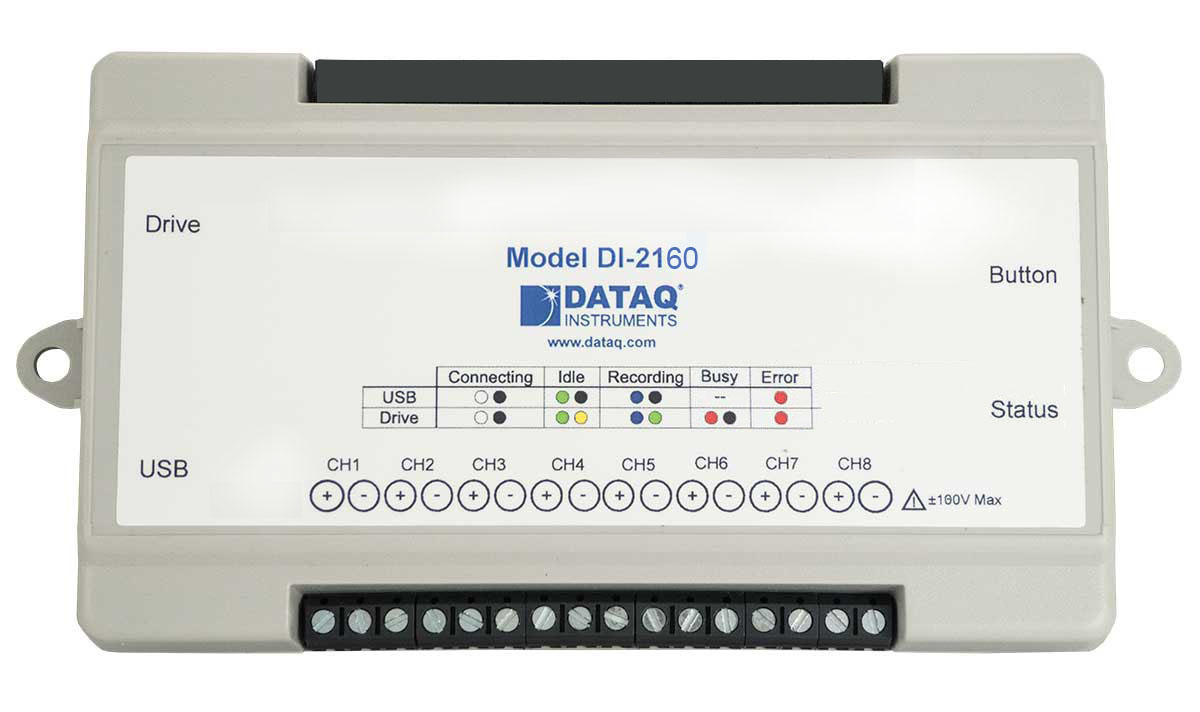Event, State & Count Data Loggers
Event, State & Count data loggers do not monitor a continuously changing variable, like temperature, pressure and flow. They only detect when something happened, how long it happened, or how many times it happened. In this sense, event data loggers monitor discrete (on/off) signals for changes in state in various ways, and those changes are logged along with the date and time of occurrence. For example, how many times did a press motor operate during an 8-hour shift, and what was its total on and off time? Another example is an electric or water meter with a pulsed output. An event logger with counting capability can be used to log total KW-H of energy or water volume consumed versus time of day.
An entire field of machine efficiency measurement called Overall Equipment Effectiveness (OEE) uses raw data acquired by event data loggers. Various metrics are used to construct OEE reports related to machine availability, performance and quality. Chief among these are machine uptime, downtime, and output rate. These are combined into a comparative measure of total effective equipment performance (TEEP) to provide insights to machine and personnel productivity.
Some event data loggers connect to only a limited range of signal types, like switch closures and 24 V discrete outputs. Others connect to a much wider range of signal sources, like directly across AC and DC mains without external conditioning equipment. Whatever your unique situation, event data loggers yield a detailed log of your process or sensor activity to provide insights that are difficult if not impossible to obtain any other way.
![]()
![]()
![]()
![]()
Click on column head to sort.
| Model | Interface | Resolution | Channels | Channel Expansion | Max Sample Rate | Display | Data Storage | Voltage | Price |
|---|---|---|---|---|---|---|---|---|---|
| EL-USB-5 | USB | N/A | 1 | No | 5 S/s | None | Internal | Events, State, Counts | $105.99 |


 View Cart
View Cart sales@dataq.com
sales@dataq.com 330-668-1444
330-668-1444
